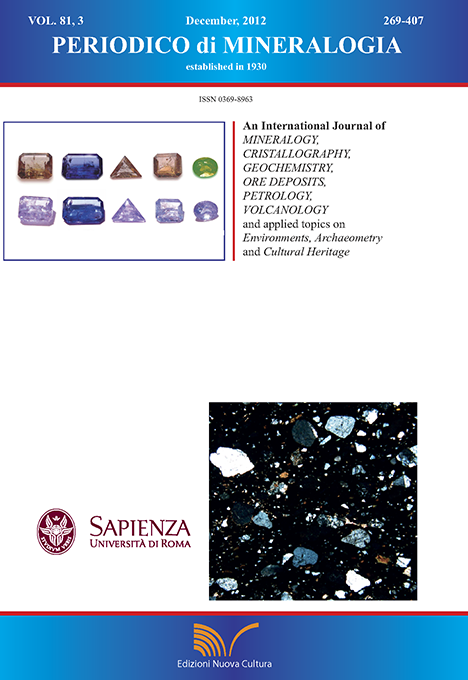Natural radioactivity and dose assessment of granitic rocks from the Atticocycladic Zone (Greece)
DOI:
https://doi.org/10.2451/2012PM0017Keywords:
Granitic rocks, Natural radioactivity, Building materials, Dose assessment, Atticocycladic ZoneAbstract
The activity concentrations of 238U, 232Th and 40K of granite samples taken from the Atticocycladic Zone were measured by gamma-ray spectrometry. These concentrations were compared to the commercial granites imported in Greece and Cyprus. The absorbed, the annual effective dose and the gamma-ray index were determined, so as to assess the radiological impact from the granites investigated, in case they were used as building materials. The range of the absorbed dose rate, the annual effective dose and the gamma index was around a mean value of 86 ± 30 nGy h-1, 0.6 ± 0.2 mSv y-1 and 1.0 ± 0.2, respectively. Taking into consideration the internal exposure due to radon inhalation, the annual effective dose, in a room fully constructed by granite, varies between 0.4 and 1.4 mSv y-1. Consequently, since the contribution of the granitic rocks to the total mass of most of the constructions is very low, the samples investigated could be used safely as building materials.


